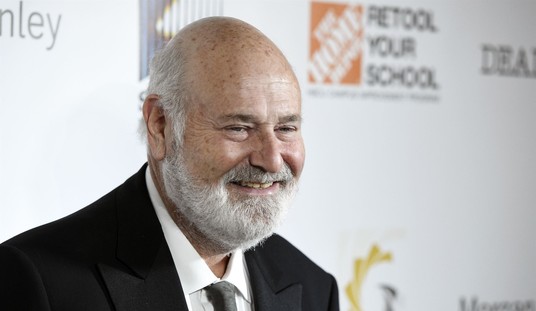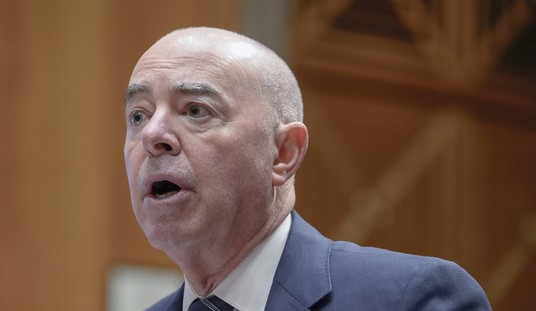“Justine Damond ‘didn’t have to die,’ says Minneapolis Police Chief Janee Harteau.” So read the headline in the Minneapolis Star Tribune on Friday, quoting the now former-chief’s belated statement of the patently obvious.
Nearly a week had passed since Damond was shot and killed by Minneapolis P.D. officer Mohammed Noor, and at last Harteau, who at the time of the shooting was hiking in Colorado, stood up to represent the department she purported to lead. Perhaps she had to hike all the way home.
If her claim to the job was tenuous already, Harteau did herself no service in her first public appearance since the shooting. Asked by a reporter why she did not return to Minneapolis immediately on learning of Damond’s death, she said she had been away on a previously scheduled trip but had received briefings from her chain of command. It was a pathetic display of leadership, both in the prolonged absence and in defending it upon her return. And indeed, hours after that appearance, Mayor Besty Hodges asked for and received Harteau’s resignation. “Take a hike,” the mayor might have said.
The shooting death of Justine Damond, while horrific, involved no complicated circumstances. There can be but two explanations for it, neither of them favorable to Officer Noor. He either shot her accidentally while mishandling his weapon, or he did so deliberately in the mistaken belief she presented a deadly threat.
Noor has not yet made a statement to investigators from the Minnesota Bureau of Criminal Apprehension. In declining to speak he of course is asserting a constitutional right, and he is entitled to a presumption of innocence when he is charged with killing Damond, as he will be.
But remember that the presumption of innocence is confined only to the courtroom. The jurors who eventually hear his case may draw no inference should Noor continue his silence and decline to testify at the trial. The rest of us are not thus constrained, and I for one cannot imagine an explanation he might offer that would exonerate him.
So, if there’s no explanation that can exonerate him, is there one that might mitigate his punishment? According to information released Thursday by the state Bureau of Criminal Apprehension, which is conducting the investigation, Noor was the passenger in a police car driven by Officer Matthew Harrity. The officers drove down the residential alley in response to Damond’s report of hearing a woman who may have been crying for help.
“I’m not sure if she’s having sex or being raped,” Damond told the 911 operator. “I think she just yelled out ‘help,’ but it’s difficult the sound has been going on for a while, but I think, I don’t think she’s enjoying it.”
As the officers reached the south end of the alley, presumably after finding no sign of trouble, they heard a loud noise as Damond approach their car on the driver’s side. Noor fired his pistol across the car and in front of Harrity, striking Damond through the open window. She died at the scene.
The likely explanation Noor will offer is that, upon hearing the noise and seeing Damond, perhaps mistaking her cellphone for a weapon (the phone was found near her), he believed she presented a deadly threat and fired. But remember, under the rules established by the U.S. Supreme Court in Graham v. Connor, an officer may use force only when it is reasonably necessary to defend himself or another from death or serious injury. And, said the court, a use of force must be judged “from the perspective of a reasonable officer on the scene, rather than with the 20/20 vision of hindsight.” If an officer fires at someone whom he reasonably believes is a threat, even if that belief proves to be mistaken, the shooting will be deemed lawful.
And now the question: Would a reasonable officer have acted as Noor did? This is not merely a theoretical question, for as it happened there was an officer (whom we may presume to be reasonable) seated right next to Noor. Officer Harrity, who was in a position to see and hear the same things Noor did, did not fire his weapon. I would argue that no reasonable officer would have.
Assuming that Noor does not present a defense that claims the shooting was accidental, his only hope to avoid a conviction is to find a police use-of-force expert who can persuade the jury that, from Noor’s perspective, Damond’s sudden appearance at the side of the police car, taken together with the loud noise reported by Officer Harrity, constituted a deadly threat. This is laughable, but one can find so-called “experts” to testify to almost anything, and we can expect this sort of testimony in the case should Noor not accept a plea deal and proceed to trial.
The jury won’t buy it, and neither should you. Noor is headed to prison, and deserves it.










Join the conversation as a VIP Member